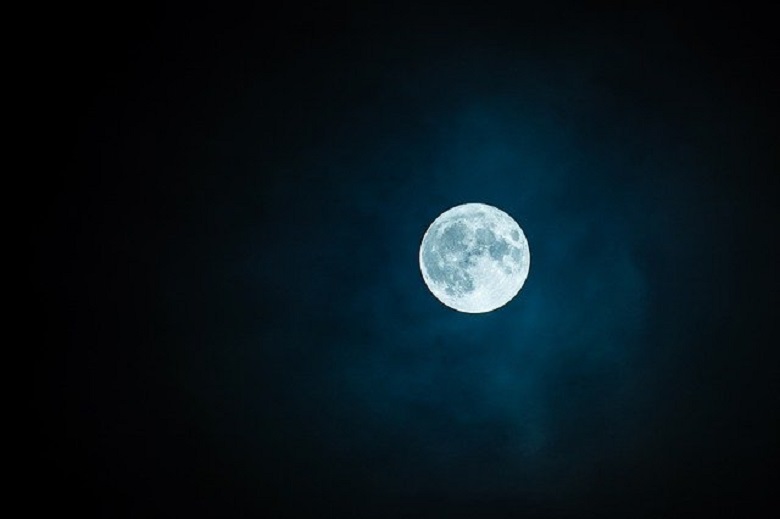Decades ago, astronomers began looking at ways to get the most out of the lunar colonization program. Several ideas and steps start to evolve, but could that give us insights into extraterrestrial activities?
Firstly, this is, of course, the construction of telescopes. Due to high-frequency gamma and X-rays and other types of radiation will not be blocked by the atmospheric cover, which means they will allow a more detailed study of space. The absence of it has another plus: signs of extraterrestrial civilizations can be found on the satellite of our planet.
Are there aliens on the moon?
A new article, authored by Harvard astrophysicists Abraham Loeb and Manasvi Lingam, answers this question with a fair amount of optimism. True, this is not entirely about the aliens themselves. The idea is to view the moon’s surface as a “fishing net” for interstellar objects that could easily fall on its surface over such a long period of the satellite’s existence.
The absence of a lunar atmosphere ensures that these hypothetical objects reach the lunar surface without being wholly or partially burned up in the layers of the atmosphere, as happens on Earth. In addition, the lack of geological activity suggests that if the object ever fell, it will remain on the surface and will not “go” into the bowels of the moon.
Of course, if you start exploring the lunar surface, it turns out that most of the materials came from our solar system. But even if there are exceptions “in our lifetime,” where is the guarantee that this has not happened before? So, for example, not so long ago, the Oumuamua space object and Borisov’s comet “flew” to us. But even if we assume that there is something on the moon, how can we find it? After all, equipping lunar expeditions for this purpose is very long and unjustifiably expensive.
The simplest way would be to use satellites orbiting the moon. There are already quite powerful and accurate scanners that can remotely show the ratio of various elements in the composition of materials. We only need to roughly enter data on the ratio of organic and inorganic compounds in our solar system into these scanners. For example, a deviation from the ratio of isotopes of oxygen, carbon, and nitrogen, which is unique for our planet, will indirectly indicate that the found object may be of extraterrestrial origin.
It would be even more exciting to find traces of technological equipment that crashed on the lunar surface billions of years ago, which is also possible because there are not so many “ours” on the moon. Therefore, inorganic objects located at a great distance from the known landing sites of people and the falls of terrestrial objects can present a lot of surprises.
